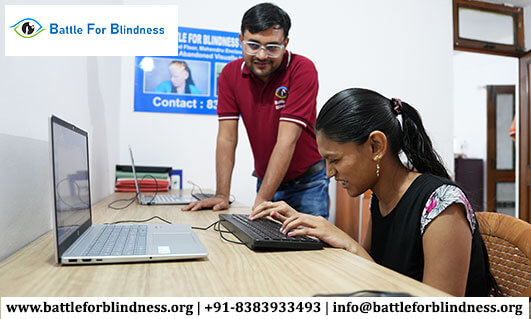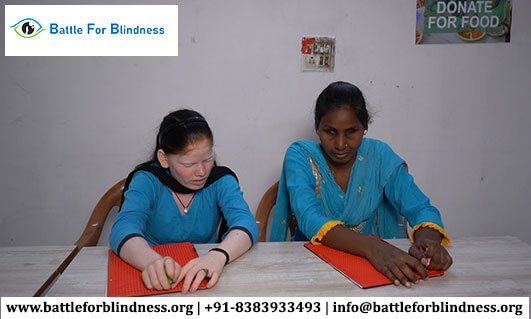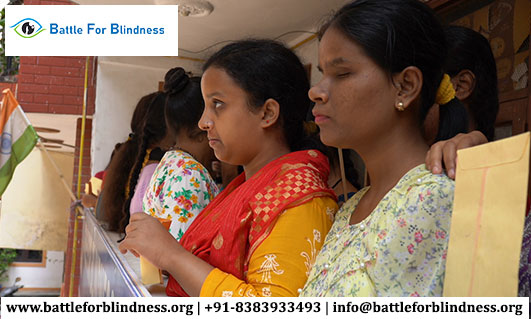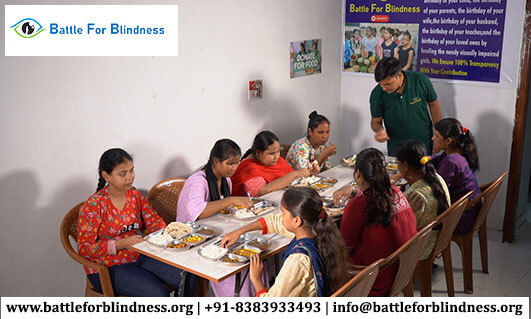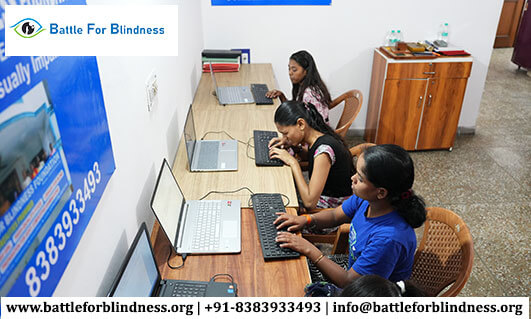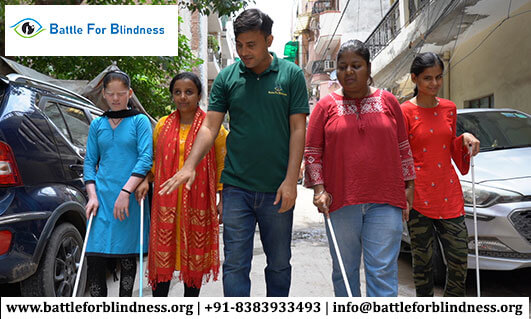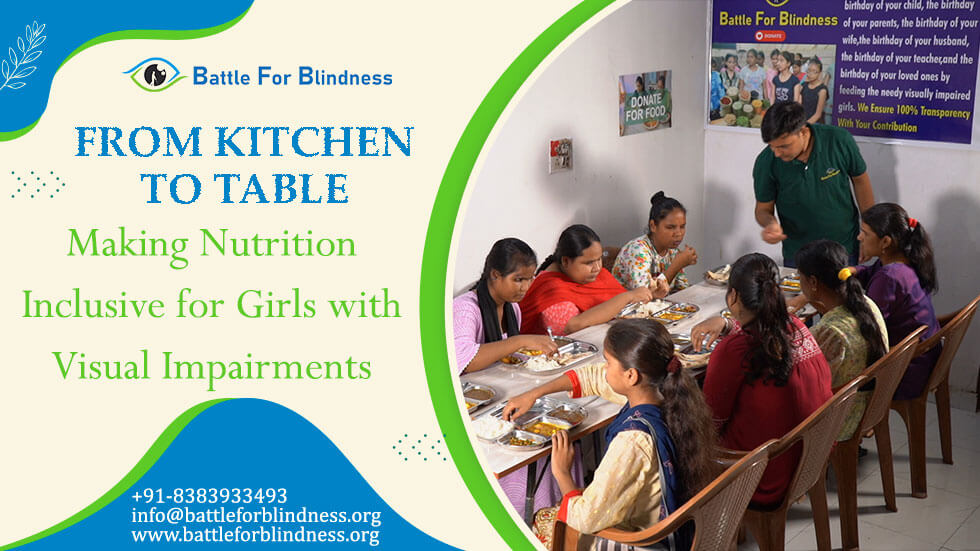
In the journey toward inclusivity, nutrition remains a critical yet often overlooked area for girls with visual impairments. A balanced diet plays a vital role in promoting overall health, but access to nutritional education and resources must be tailored to meet their unique needs. Let’s explore how we can make nutrition more inclusive, starting in the kitchen and ending at the table.
Understanding the Challenges
Girls with visual impairments face distinct challenges in accessing nutritional knowledge. These may include:
- Lack of Accessible Resources: Traditional recipes, food labels, and cooking guides often lack braille or audio formats.
- Safety Concerns: Cooking can be intimidating for those unable to see potential hazards like hot surfaces or sharp objects.
- Limited Independence: Without the right tools, girls may rely on others for meal preparation, reducing their autonomy.
Empowering Through Accessible Nutrition
Inclusivity in nutrition starts with equipping girls with the tools and knowledge to navigate the kitchen confidently. Here are some practical strategies:
1. Adapt Recipes for Accessibility
Recipes can be modified to accommodate visual impairments.
- Braille and Large Print: Provide cookbooks and nutritional guides in braille or large-print formats.
- Audio Instructions: Offer step-by-step recipes via apps or devices with voice assistance.
- Tactile Indicators: Use tools with tactile markings to measure ingredients accurately.
2. Leverage Technology
Technology has become a game-changer in creating inclusive environments.
- Voice-Activated Devices: Smart assistants like Alexa or Google Home can guide users through recipes hands-free.
- Apps for Accessibility: Applications like Be My Eyes or Seeing AI can help identify ingredients and read labels.
3. Focus on Safety
Safety is paramount in the kitchen.
- Specialized Tools: Equip kitchens with adaptive tools such as knife guards, talking thermometers, and no-spill measuring cups.
- Training Programs: Provide cooking classes specifically designed for visually impaired individuals to build confidence.
4. Encourage Independent Meal Prep
Empowering girls to prepare their own meals fosters self-reliance. Start with simple, no-cook recipes like smoothies or salads, gradually moving to more complex dishes.
The Role of Schools and Communities
Educational institutions and community programs play a significant role in fostering nutritional inclusivity.
- Nutrition Workshops: Conduct workshops that teach accessible cooking techniques.
- Peer Support Groups: Encourage sharing of tips and experiences among visually impaired individuals.
- Partnerships with Organizations: Collaborate with nonprofits dedicated to supporting the blind and visually impaired to develop resources.
Making nutrition inclusive for girls with visual impairments isn’t just about adapting tools or resources; it’s about fostering a sense of empowerment and independence. Whether you’re a parent, educator, or advocate, your efforts can transform lives by ensuring that every girl has the opportunity to thrive, one meal at a time.
By starting in the kitchen and extending to the table, we can break barriers and create an inclusive world where health and nutrition are accessible to all.
